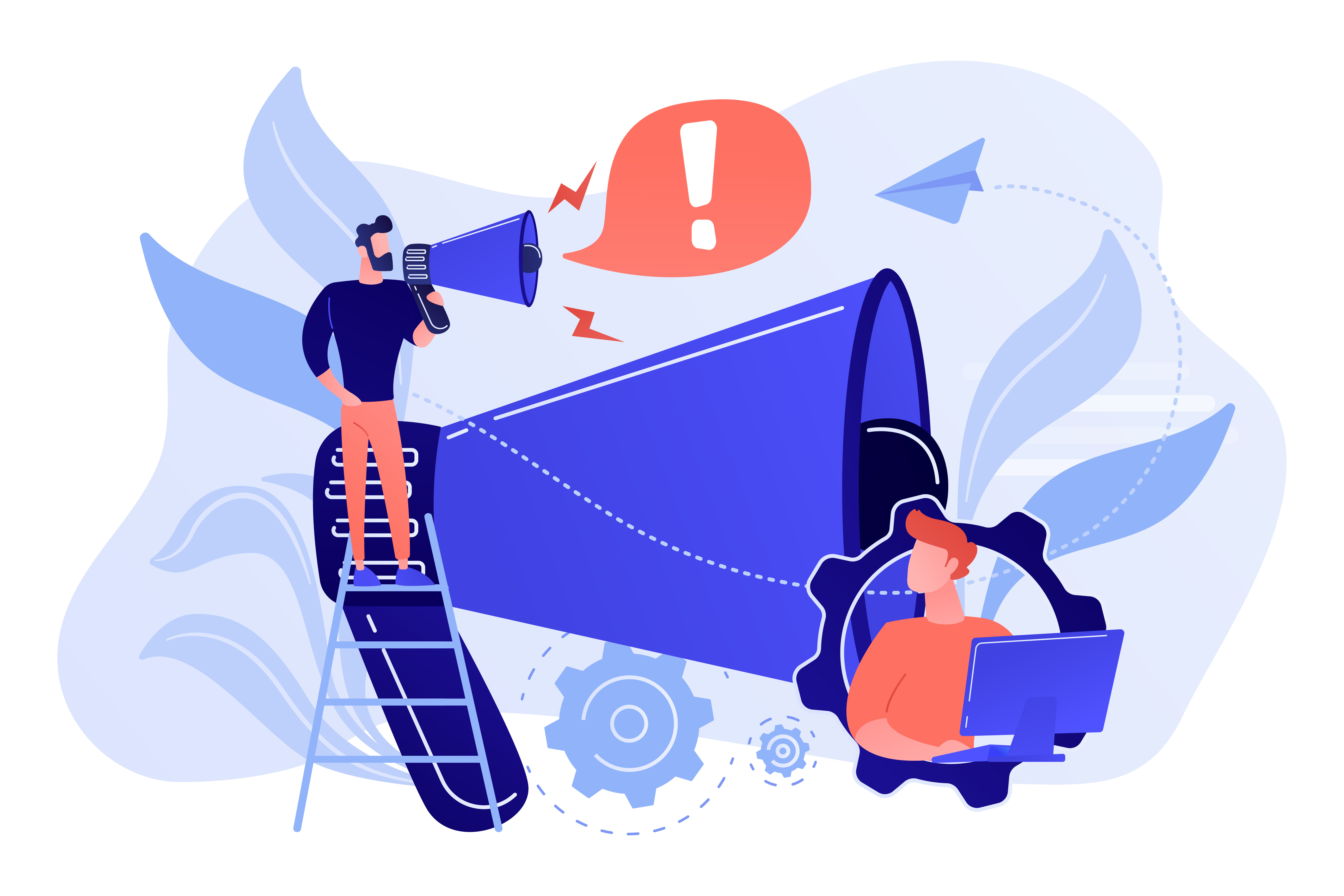Customer training programs are pivotal in bridging the knowledge gap between your product and your users, empowering them to realise its full potential. It’s not just about the information you provide, but also how effectively you deliver it.
An effective customer training program boosts user satisfaction, decreases support queries, and builds brand loyalty. Bite-sized training, with its focus on concise, targeted learning segments, is ideally suited for customer training, enabling learners to access essential content on-demand and at their own pace. To better understand why bite-sized training is key to impactful customer training, check out this blog.
Let us learn on how to design high-impact customer training with bite-sized lessons, helping customers succeed with your products while optimising learning outcomes.
Step 1: Define Customer-Centric Learning Goals
Each training module should focus on a core functionality or feature that your customers need to succeed. Start by identifying the skills or knowledge customers require for specific tasks and set learning goals around these outcomes. For example, if your product includes complex integrations, one module could focus on setup basics while another dives into customization options. Defining these customer-centered goals ensures that each lesson addresses a specific need, enhancing its impact and relevance.
Step 2: Prioritise Essential Content with the 80/20 Rule
Customer training should be as efficient as it is informative. By focusing on the 20% of content that provides 80% of the value, you keep lessons short, relevant, and impactful. For instance, if you’re training customers on a software tool, prioritise essential functions over advanced or less-used features. This targeted approach helps new users get started faster and gives advanced users access to high-priority content, reducing time to proficiency and improving satisfaction with your product.
Step 3: Use Visuals to Enhance Understanding
In customer training, visuals like screenshots, diagrams, and flowcharts are essential for demonstrating processes, especially for complex tasks. Visuals reduce cognitive load and make it easier for customers to follow along. Incorporate interactive graphics or short video tutorials to guide users through key processes and simplify complex ideas and to enhance retaining.
Step 4: Design Training for On-Demand Accessibility
For customer training to be effective, lessons must be available when customers need them most - whether during onboarding, troubleshooting, or exploring new features. Designing bite-sized lessons for on-demand access, ideally across mobile and desktop, ensures users can find and engage with training modules at the point of need. This is especially beneficial for global customer bases or B2B clients who may need to revisit specific lessons without disrupting their workflows.
Step 5: Engage Customers with Interactive Elements
Interactive features such as quizzes, assessments, or mini-challenges can reinforce learning and offer feedback. For example, after a module on product installation, include a short quiz to test comprehension. Interactive elements not only increase engagement but also help learners self-assess their progress, giving them confidence in their knowledge. Gamification makes learning engaging & enjoyable, it fosters an immediate sense of achievement, motivating customers to complete more training modules and explore new ones.
Step 6: Use Feedback to Continuously Improve Training Content
Customer feedback is invaluable for refining training content. After launching a new bite-sized module, ask customers to rate its relevance, clarity, and usefulness. Feedback allows you to make iterative improvements, ensuring that each module meets customer needs effectively. For instance, if customers find certain processes difficult to follow, consider breaking those into shorter segments or adding more visuals. Metrics such as completion rates and quiz performance also provide insights into which topics may need further clarification.
Step 7: Track Customer Success with Training Metrics
Tracking the effectiveness of customer training is essential to understand its impact on customer satisfaction and product adoption. Metrics like completion rates, total time spent, and quiz performance indicate how well customers are engaging with and absorbing the training. For instance, high completion rates paired with strong quiz scores suggest that the content is both engaging and effective. These insights help you make data-driven adjustments to improve training outcomes and customer satisfaction.
Conclusion
With a strong, metrics-driven approach, your customer training program can continuously improve to meet evolving user needs. Comprehensive and high-impact customer training should be accessible, engaging, and tailored to your users' needs. By using bite-sized lessons, you empower customers to learn at their own pace and revisit content as needed, ultimately enhancing their experience with your product.
Discover how bite-sized training can elevate your customer training strategy and drive success with 5mins.ai, an innovative platform designed to enhance learning in just five minutes a day.
Click on the button below and get your free trial today.



